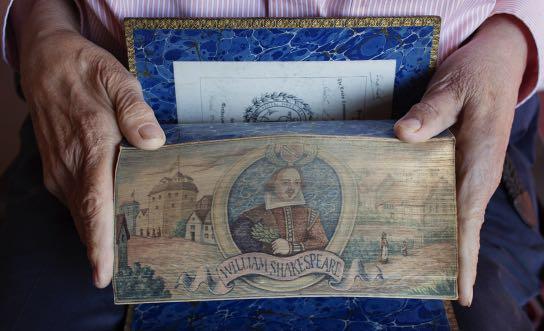
3 minute read
Collective Memory
TASTE STYLE SAVANNAH
Collective Memory
A superb local collection centers on Lowcountry treasures
By NICOLE BLACKWOOD Photography by RICHARD LEO JOHNSON AS AN ART HISTORIAN, I have spent several decades pondering what drives people to amass things, often of no practical use. My work has given me the opportunity to contemplate the question in the midst of world-renowned collections — from Sir John Soane’s neoclassical home in London to Isabella Stewart Gardner’s Venetian-inspired palazzo in Boston, and from this vantage point I came to admire the expansive, encyclopedic collection of John and Ginger Duncan here in Savannah.
After browsing the Duncans’ antique print, map and bookshop that inhabits the ground floor of their home on Monterey Square, I was invited upstairs. Little did I know I was about to enter a world within a world, a collection that rivals some of the most interesting assemblages I’ve encountered.
A lifetime’s worth of collecting occupies their four-story home, built in 1869. The front parlor is hung in a 19th-century French Salon style, with paintings positioned floor to ceiling, while

TOP AND LEFT: Sculptures and busts mingle together; African masks, figurines and hand-carved canes BELOW: An illuminated manuscript featuring select Shakespeare works
cabinets throughout the house are filled with exotic curiosities, both naturalia and artificialia, presented in 17th-century Dutch style. As with all great collections, there is order to the madness — theirs centers mostly on objects made in or about Charleston and Savannah, the former being where John was born and raised, and the latter being the couple’s chosen home for more than 40 years.
The Duncans shaped each other’s collecting interests over the years, but it didn’t start off that way. John was the initial collector, beginning at the tender age of 6 with steel pennies, then fossils, then postcards from Charleston. By 15 he had acquired his first painting from the Gibbes Museum of Art in Charleston: a small watercolor that’s “still upstairs somewhere,” he assures me. When Ginger began dating John, collecting wasn’t in her frame of reference. After their marriage in 1976, however, she caught the bug.
In 1979, the couple took their first collecting trip to England. They visited museums, historic houses, antique shops and galleries, attending theater performances in their downtime. Many decades later, their penchant for busy itineraries endures; this past year, they visited all their favorite collections in Chicago, London and New York, returning with new treasures like the portrait of former Savannah mayor James Proctor Screven and his wife, Hannah, painted by Cornelia Adele Strong Fassett in 1859.
The Duncans are bonafide collectors, and not because of wealth, status or power. Instead, it’s their attention to detail, and the intentionality they exercise when selecting a new piece. It’s no accident that more than half of the paintings in the Duncans’ collection are by American women: Myrtle Jones, Anne Taylor

Nash, Deborah Passmore Gillingham, Helen Inglesby and Maybelle Alcott Hunt (niece of famed writer of Little Women Louisa May Alcott), to name a few. And consider the Mercedes Erixon Hoshall watercolor series of magnolias that line the stairs of the Duncan home — John and Ginger rescued them from the trash. “Everybody we knew who was actually from Savannah wasn’t particularly interested in this kind of stuff,” Ginger says. “I think they took it for granted.”
Experiencing the Duncans’ collection reminds us that the best collections are amassed with vision and integrity, connecting the viewer with something both far away and present. This collection is for Savannah — not just a home, but a home with history, for the future and for all time.












